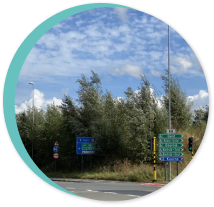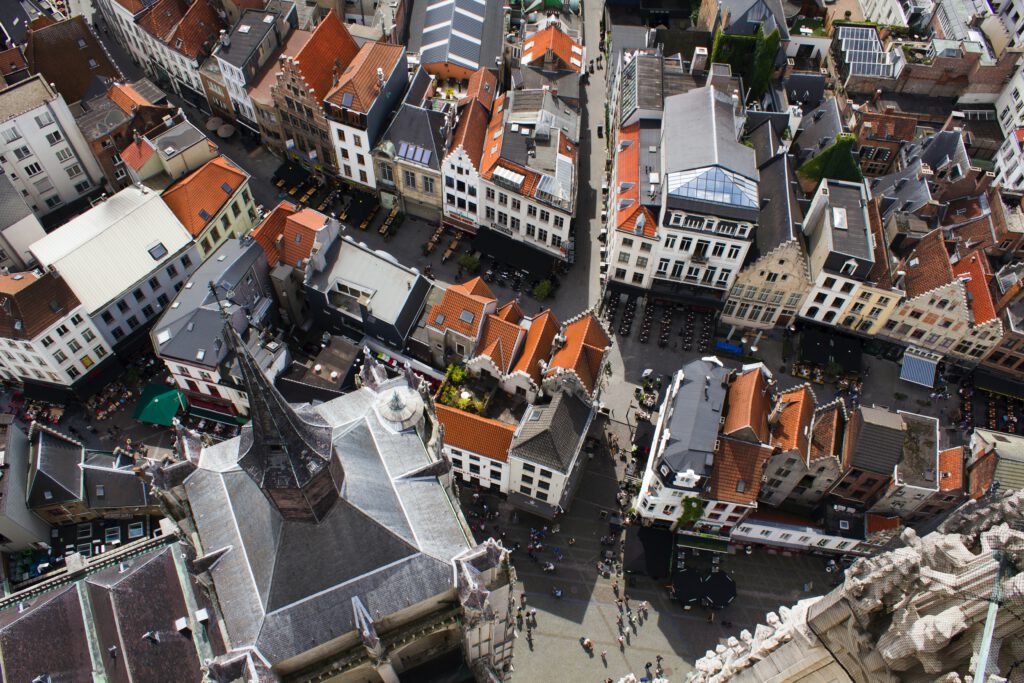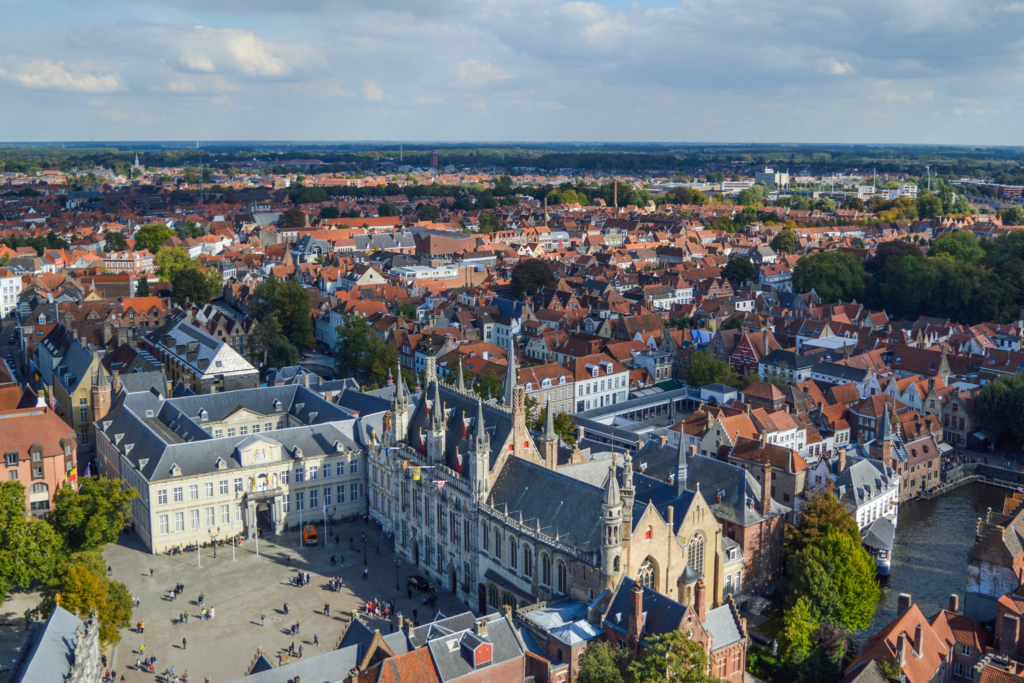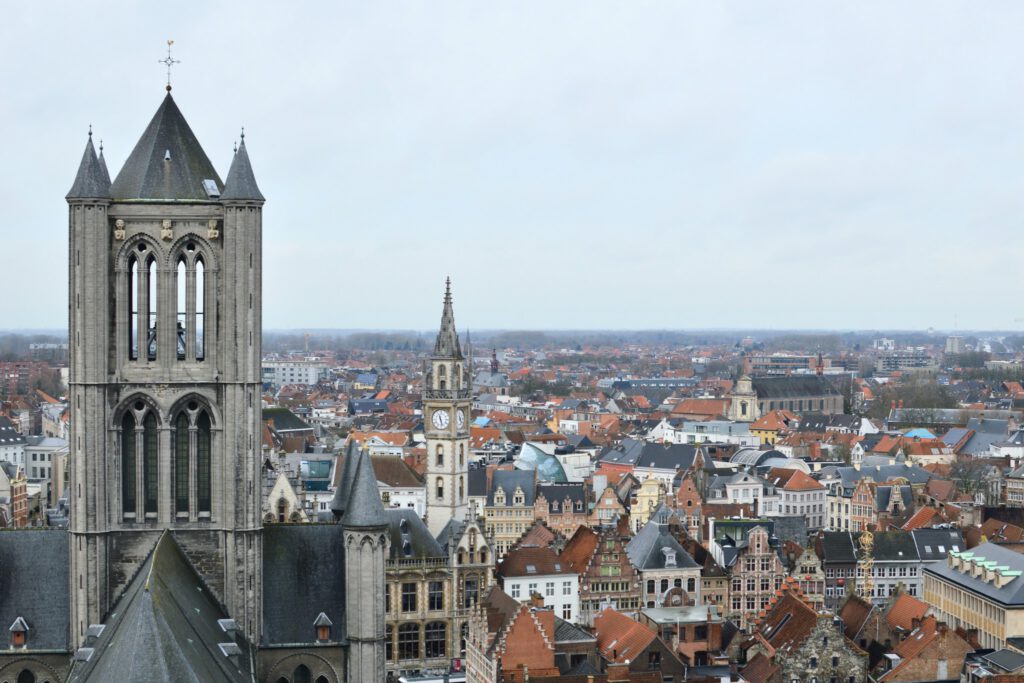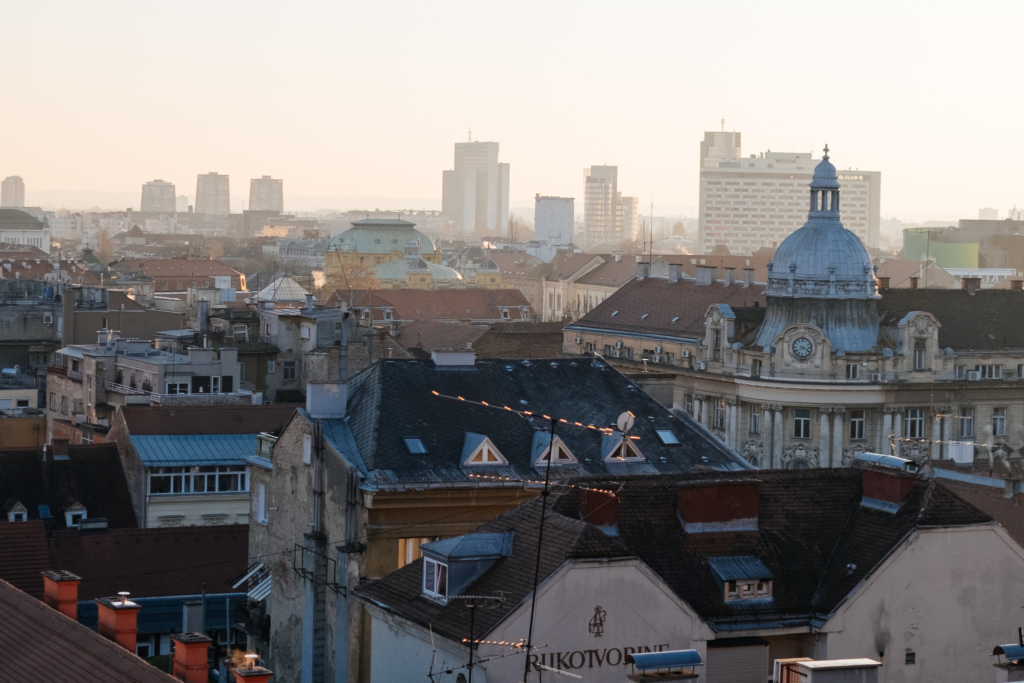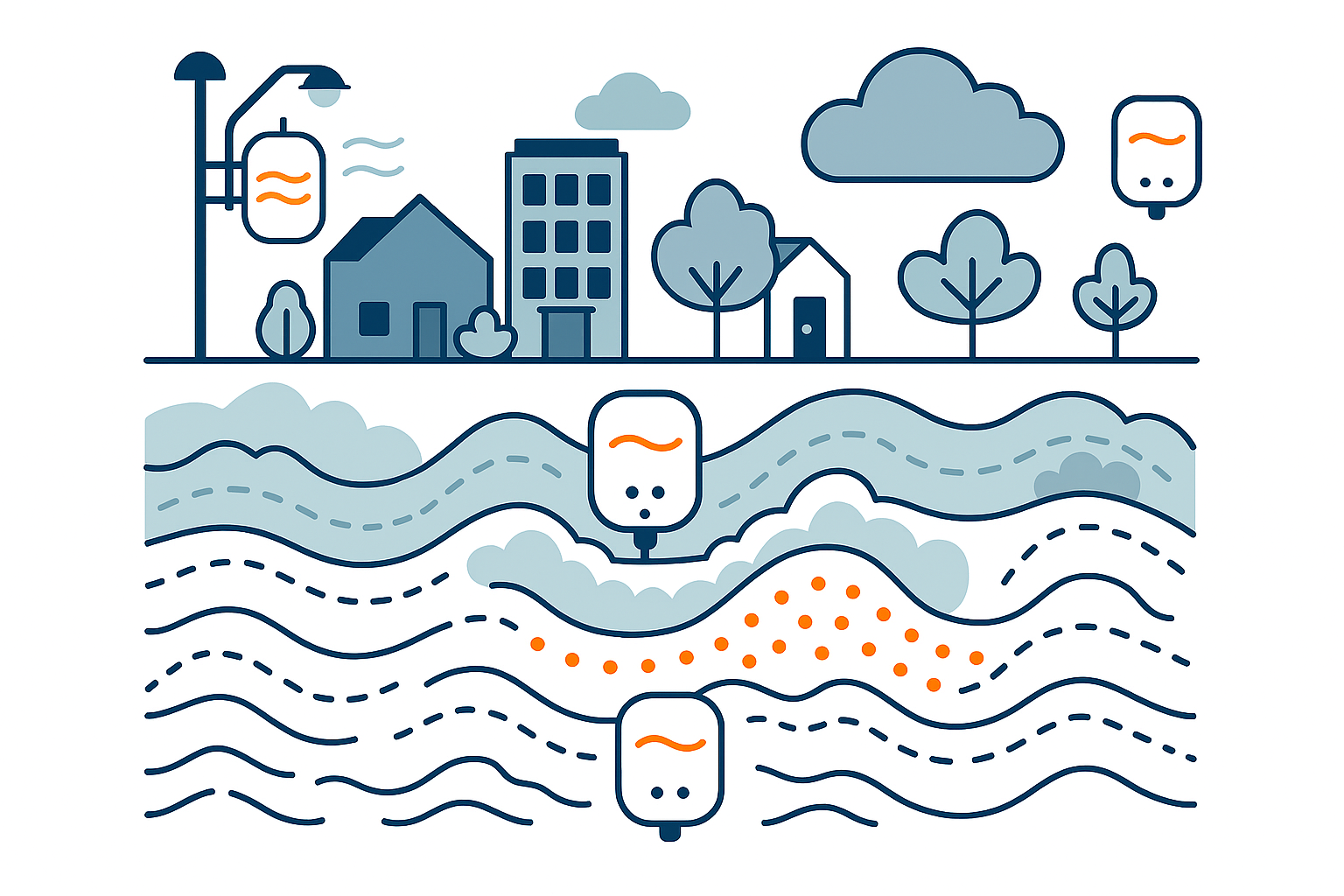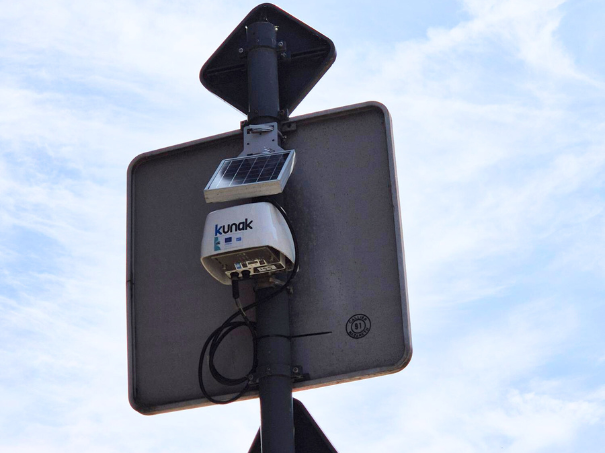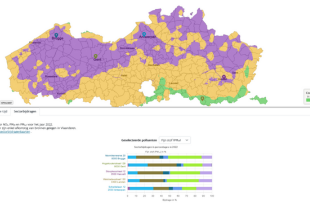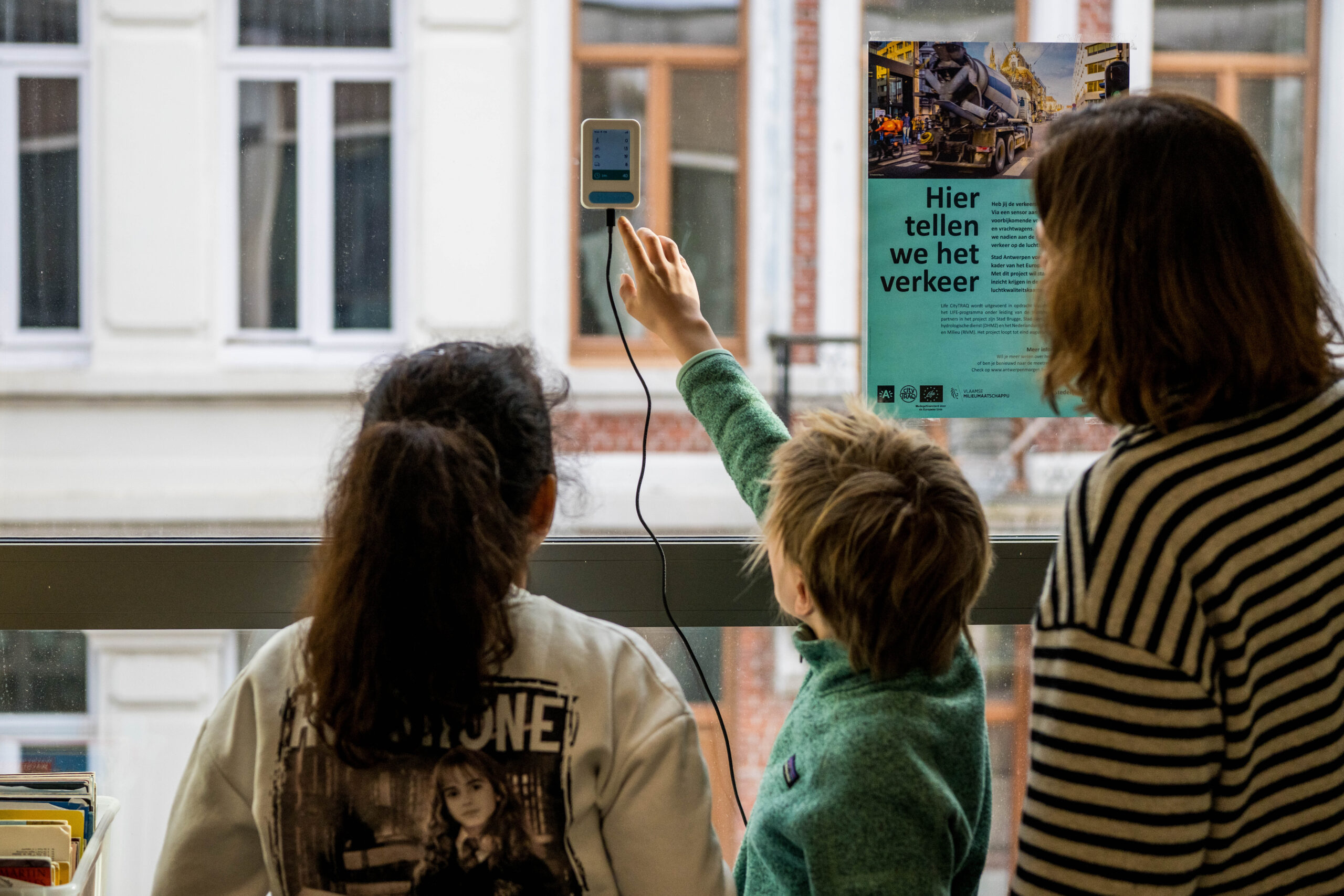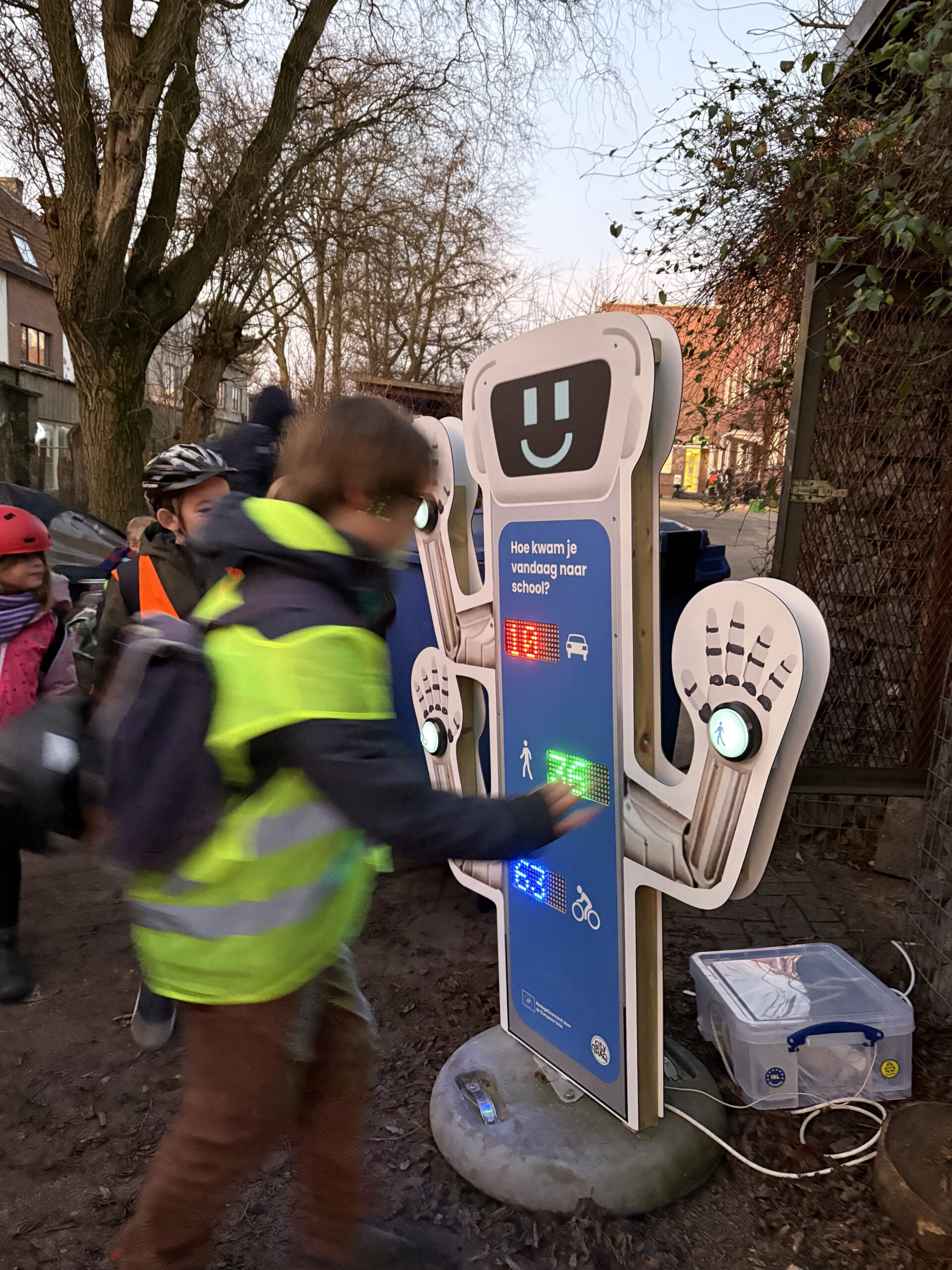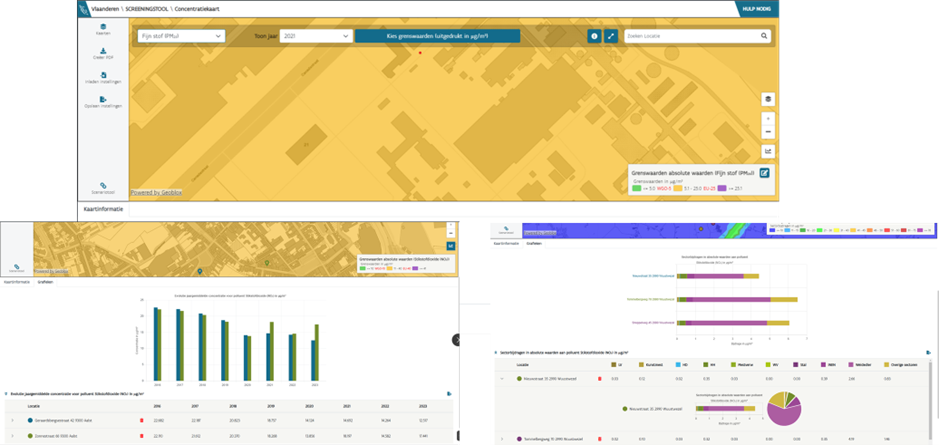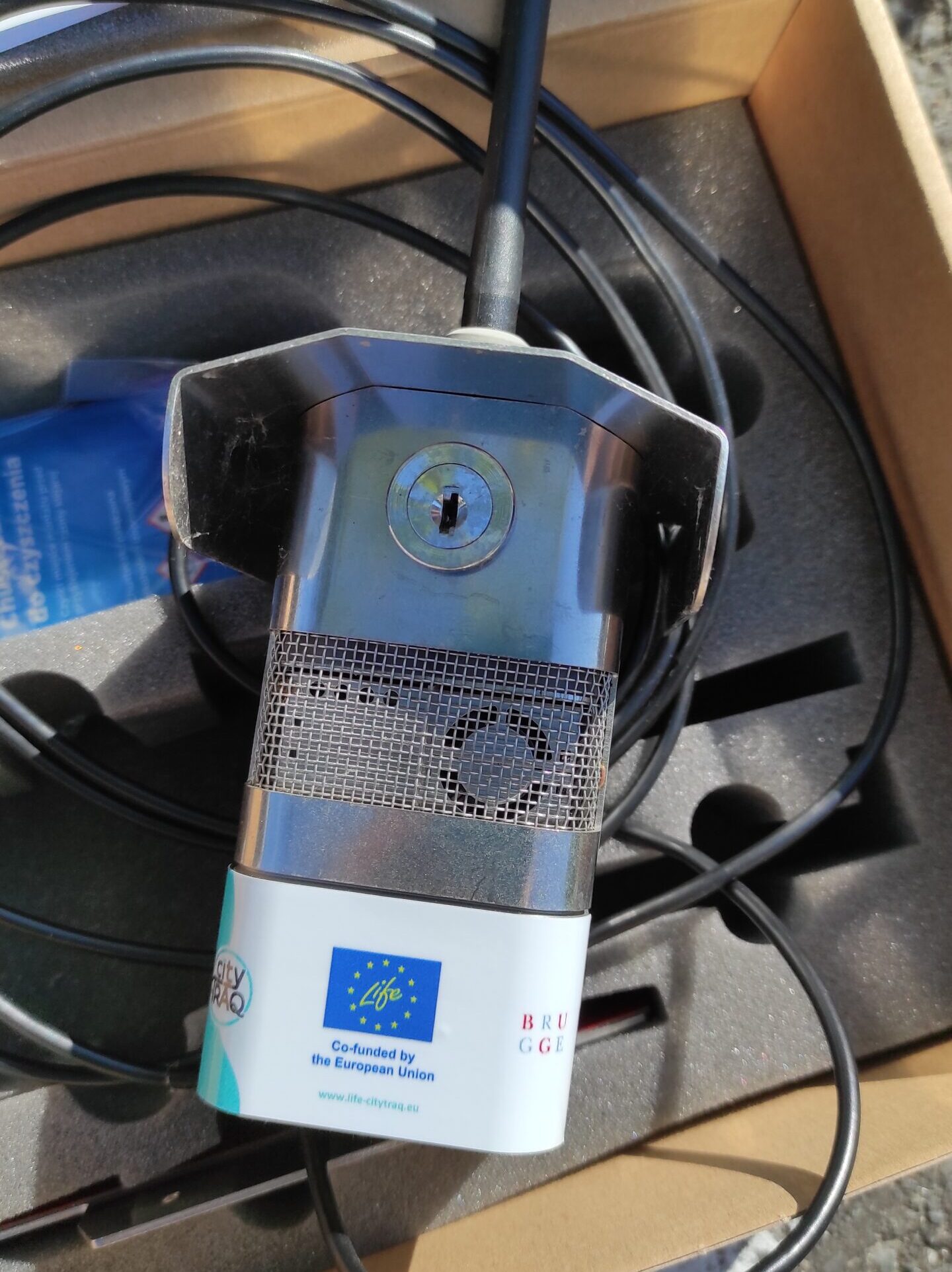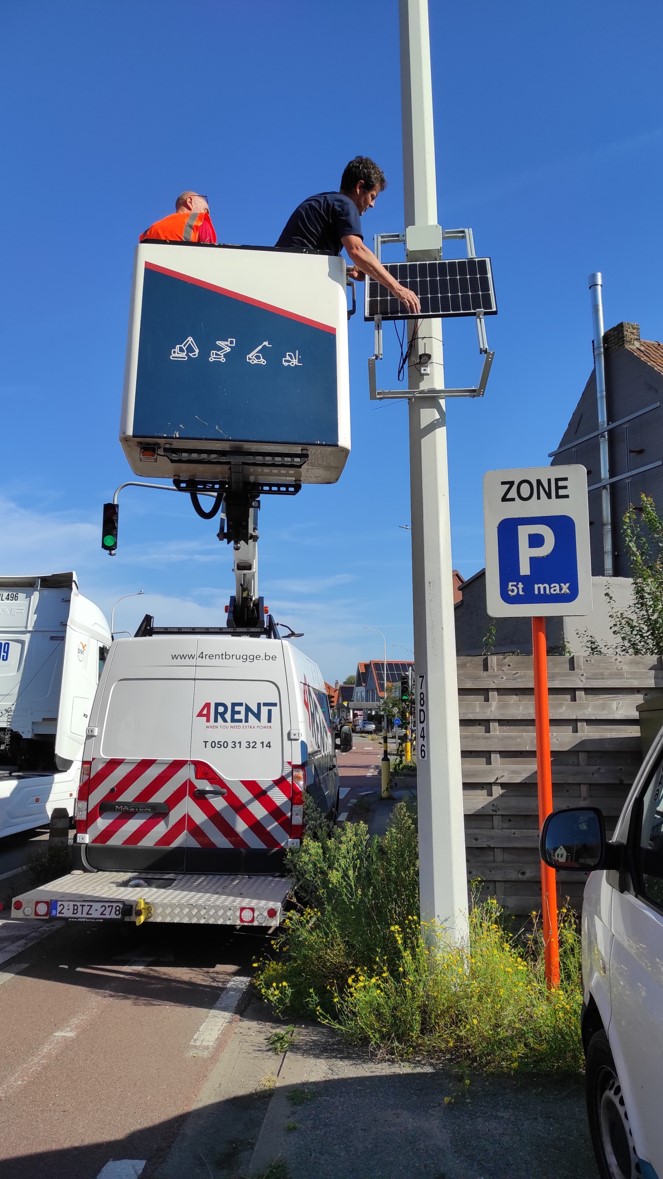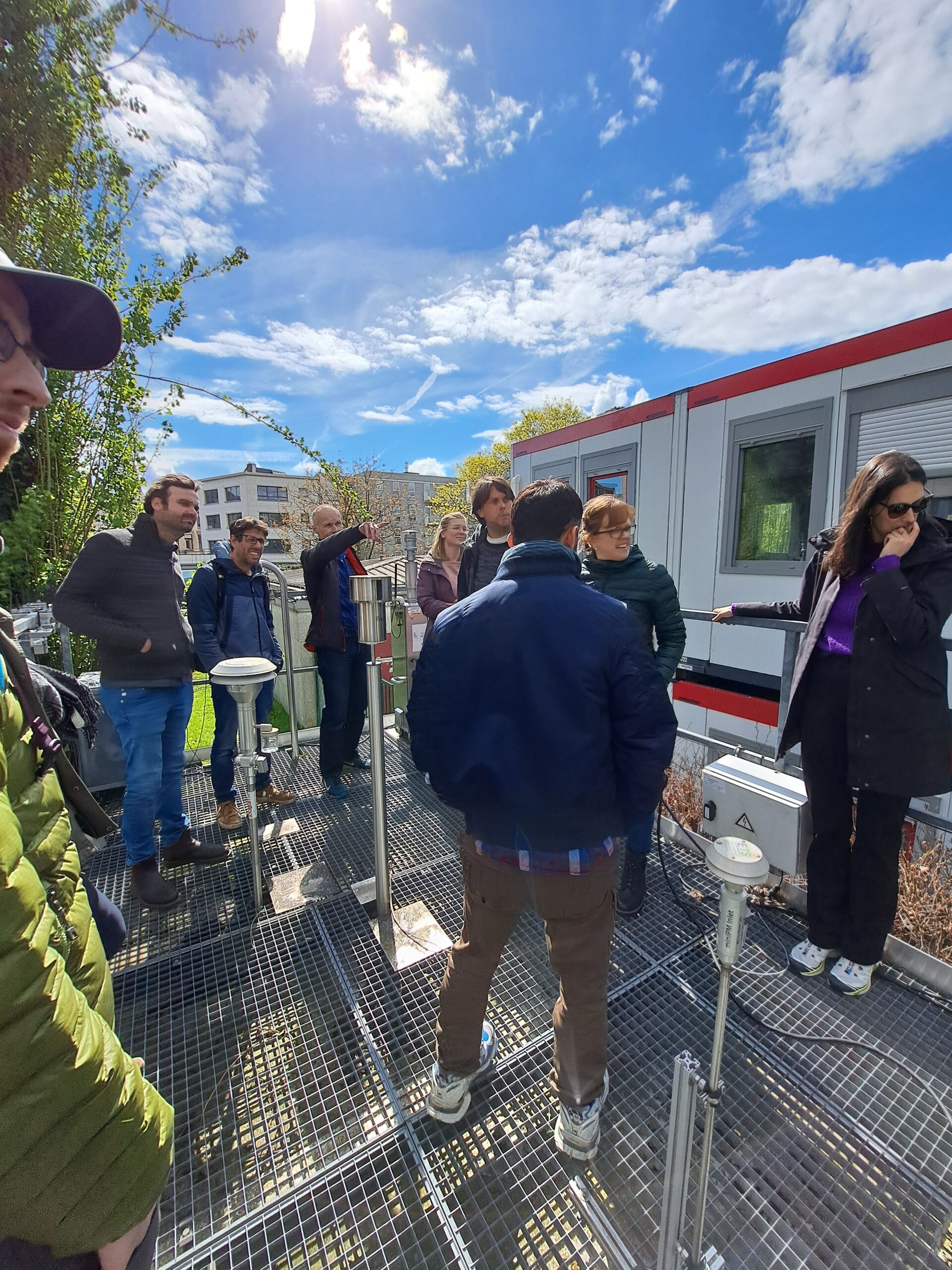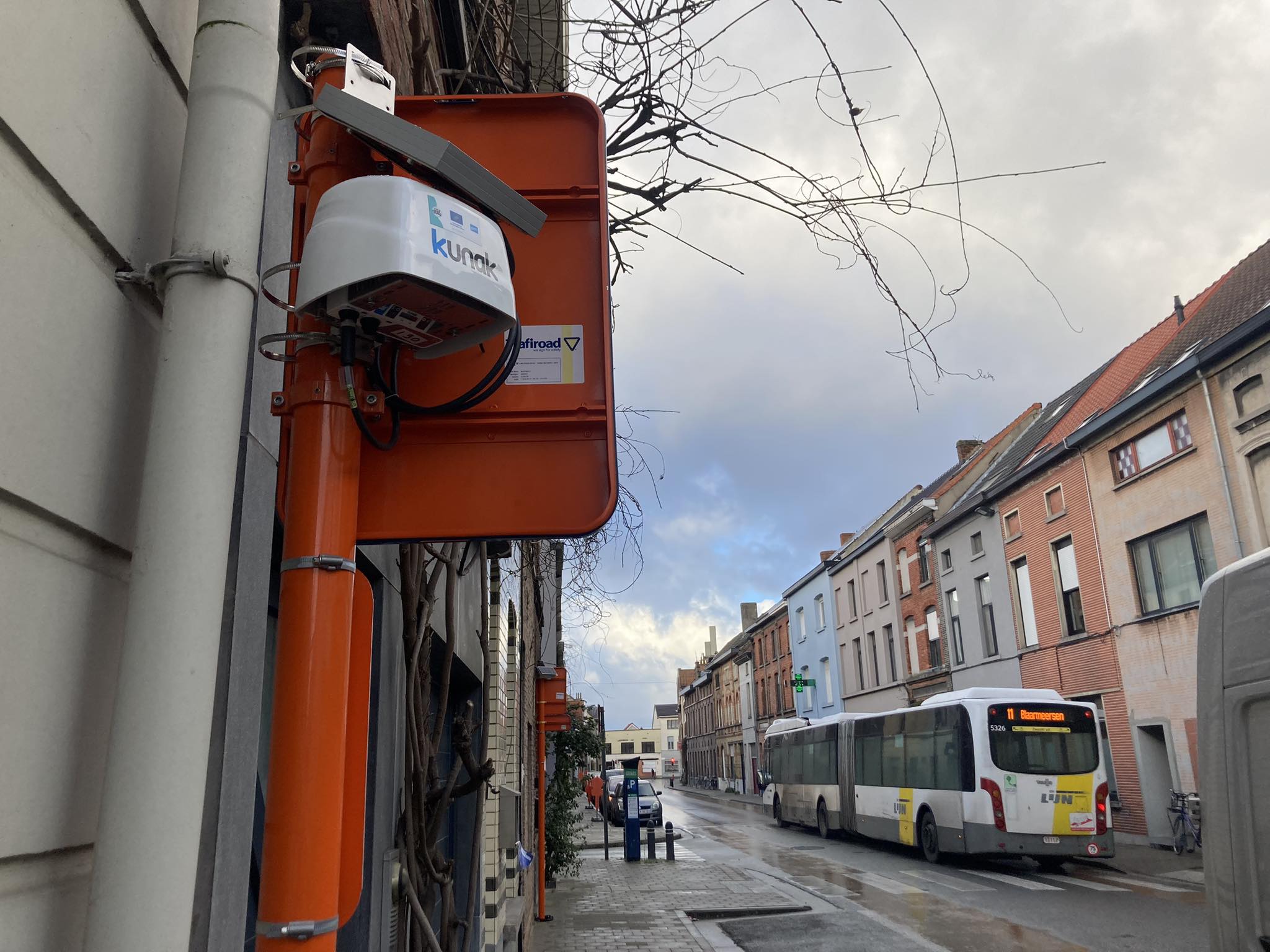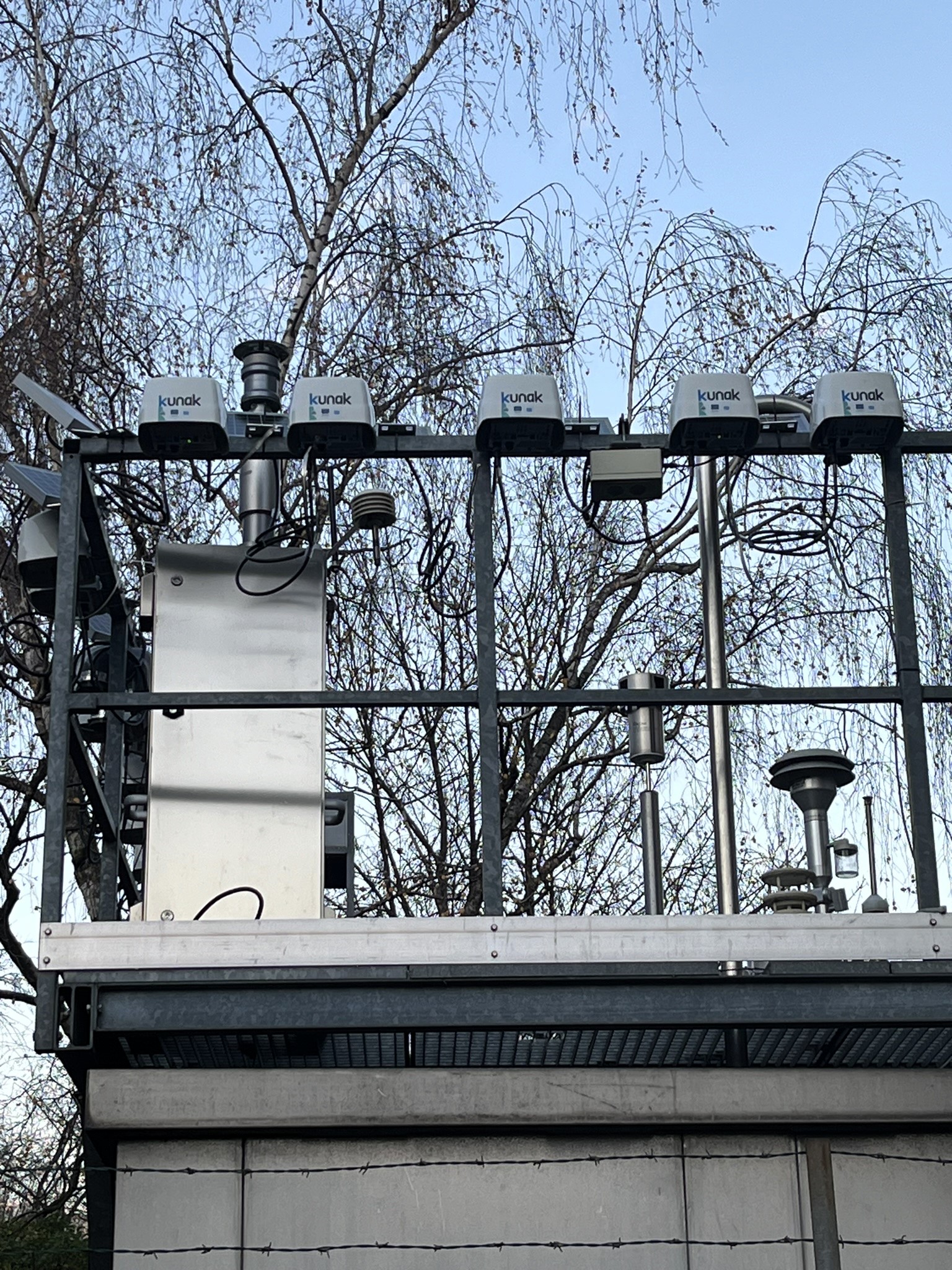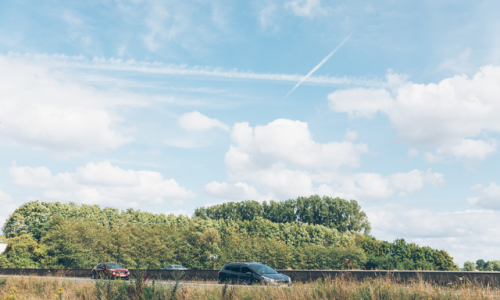CityTRAQ
Together for better local air quality
Within the LIFE CityTRAQ project, six partners are working together in order to improve our local air quality. Thanks to information from traffic censuses and air quality measurements, we can detect and measure air pollution and simulate the impact of possible measures on the mobility network.

Why CityTRAQ?
According to the WHO, air pollution remains the largest environmental health risk in Europe. Air quality limits are often exceeded, exposing a large portion of the population to air pollution. Europe and Flanders already have several initiatives for measuring air quality, but these initiatives often adopt different approaches or methodologies.
Policymakers face the challenge of reconciling the various datasets in order to implement science-based air and mobility policies.
Purpose of the project
The CityTRAQ project gives local governments a better understanding of the measurements needed in order to assess air quality.
The screening and scenario tools help local governments to devise measures for improving local air quality. Accordingly, they create a better environment for residents. Local governments are also encouraged to flesh out their policy choices in an air policy plan.
Find out about the pilot projects
Antwerp
City of Antwerp will work on logistics and heavy traffic in the CityTRAQ project, together with the VMM.
Bruges
Bruges commits to the development of a sustainable measurement network throughout the city.
Ghent
In Ghent, the impact on air quality is measured in a school street and circulation plans are evaluated.
Zagreb
Air quality projects are being launched, taking into account the lessons learned form the pilot projects in Flanders.
FIND OUT ABOUT THE PILOT PROJECTS
The participating partner cities of Antwerp, Ghent, Bruges and Zagreb are already up and running!
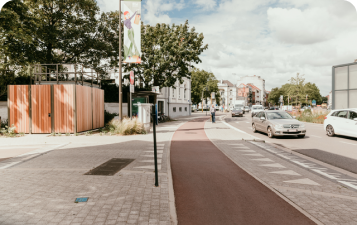
Pilot project in Antwerp
The City of Antwerp is working with the Flanders Environment Agency to improve the air quality maps on which the city bases its air quality policy. By counting traffic, we gain a better understanding of the contribution of traffic to local concentrations of various pollutants.
The city focuses primarily on measuring flows of logistics and heavy traffic. In this way, the impact of various measures on air quality, such as the introduction of smart routes for trucks, can be better estimated.
Read more about the pilot project in the news article.
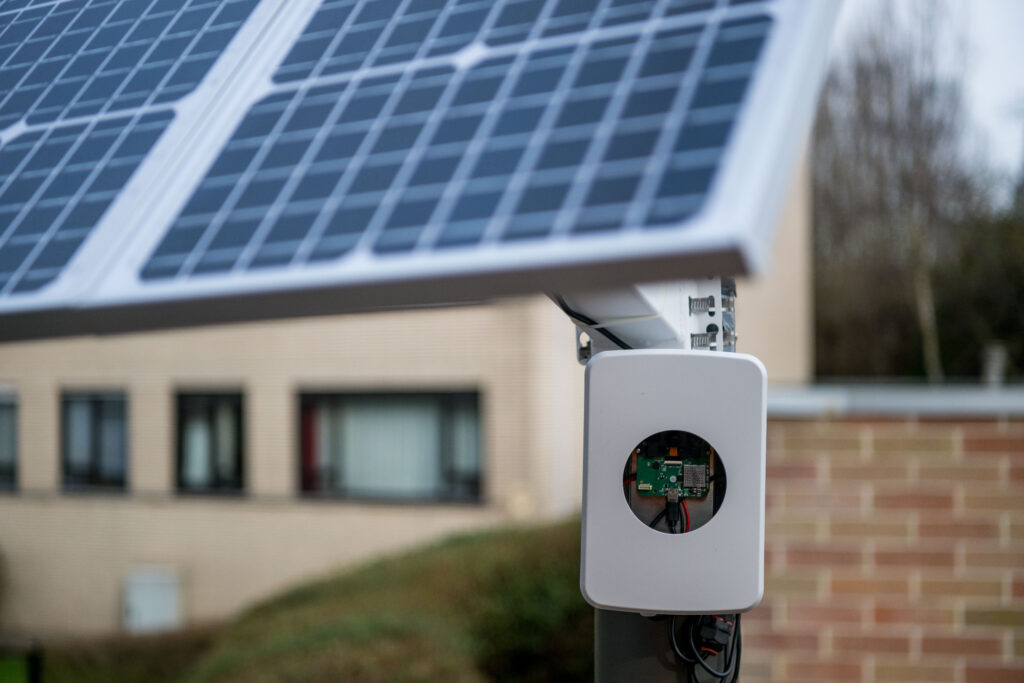
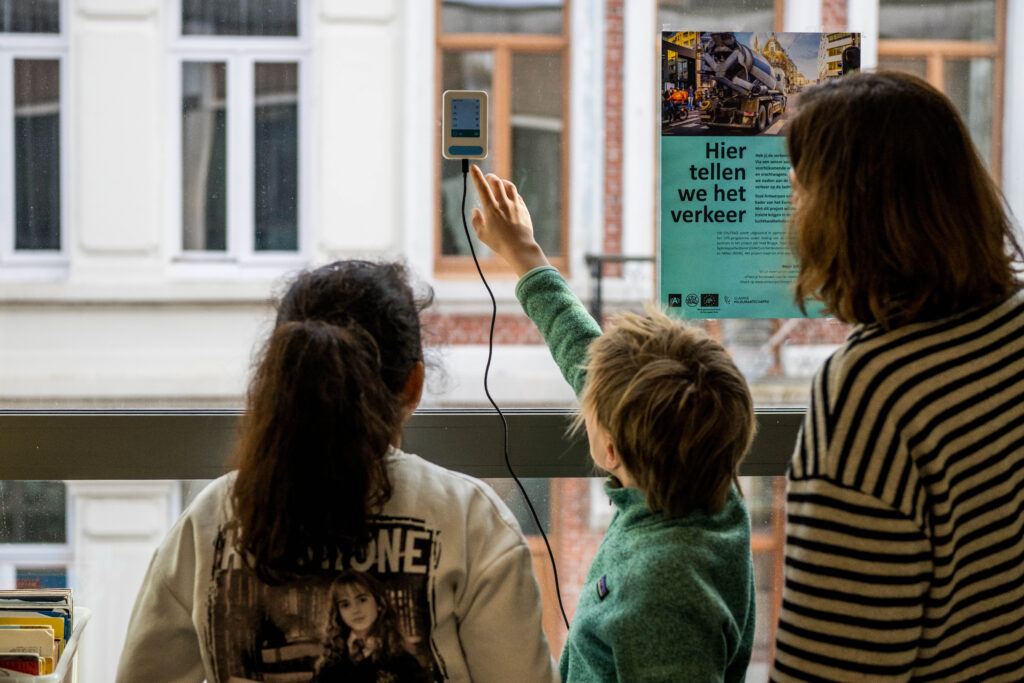
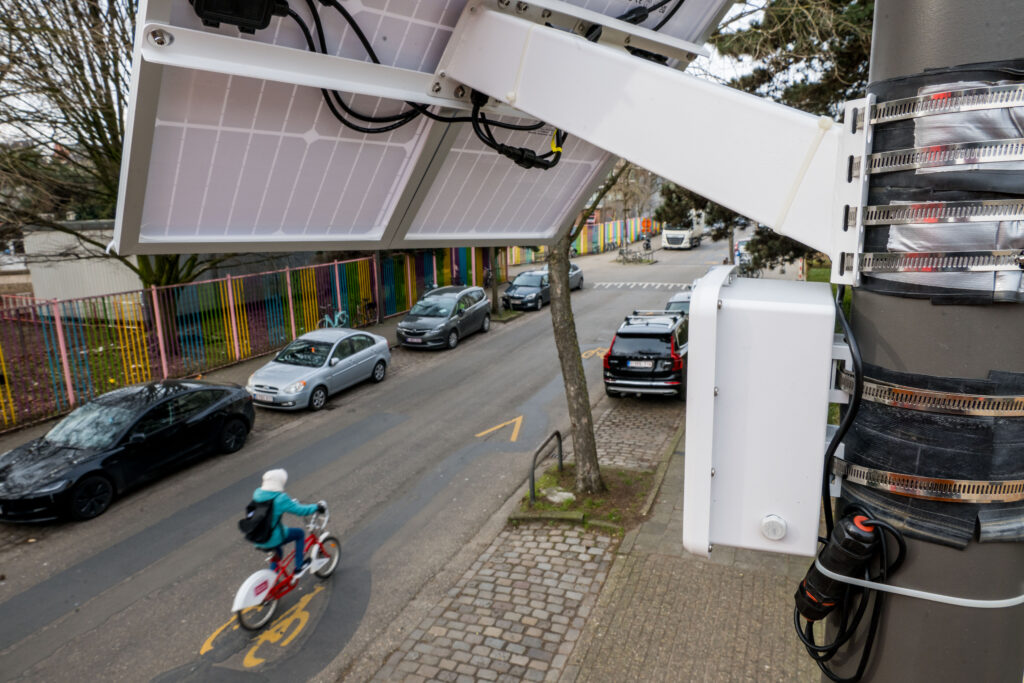
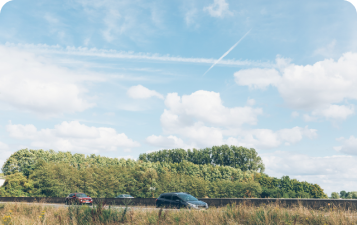
Pilot in Bruges: Developing a sustainable measurement network and drawing an air quality action plan
Developing a sustainable measurement network and drawing an air quality action plan
The City of Bruges is committed to the further development of a sustainable measurement network throughout the city. Through traffic counts with smart cameras at a number of mobility hubs, the City monitors different modes of transportation and links them to air quality measurements (particulate matter, nitrogen dioxide, ozone). The City then simulates the effect of different measures that improve air quality on the mobility network. Thus, the impact of modal shift, a one-way street or a school street can be examined. Using these tools, the city will arrive at a reasoned air quality action plan with concrete actions to improve local air quality in the coming years.
Goals
1
Assessment of the air quality in the Bruges area throughout the year
2
Drawing an air quality plan
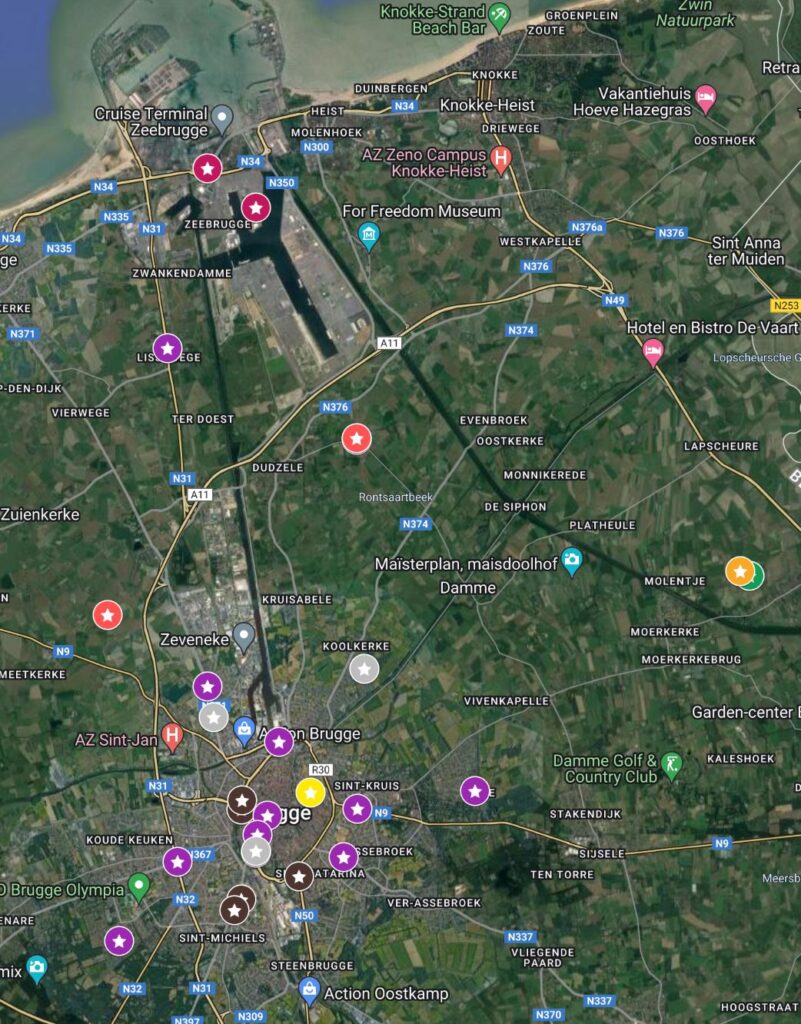
For 2 years, the city of Bruges will roll out a measurement network with multiparameter sensors to monitor particulate matter (PM2.5), NO2 and O3. How these air quality parameters fluctuate throughout the day and year will be examined at 18 locations in the Bruges area. In addition, mobility cameras will also be placed at some nodes near the multiparameter sensors so that measurements can be linked to air quality measurements. Based on these measurement results, the impact of different measures will be simulated, through a tool developed by the VMM, to develop an air quality action plan. The impact of these measures will also be monitored in real time by the measurement network.
Sensors in the streets
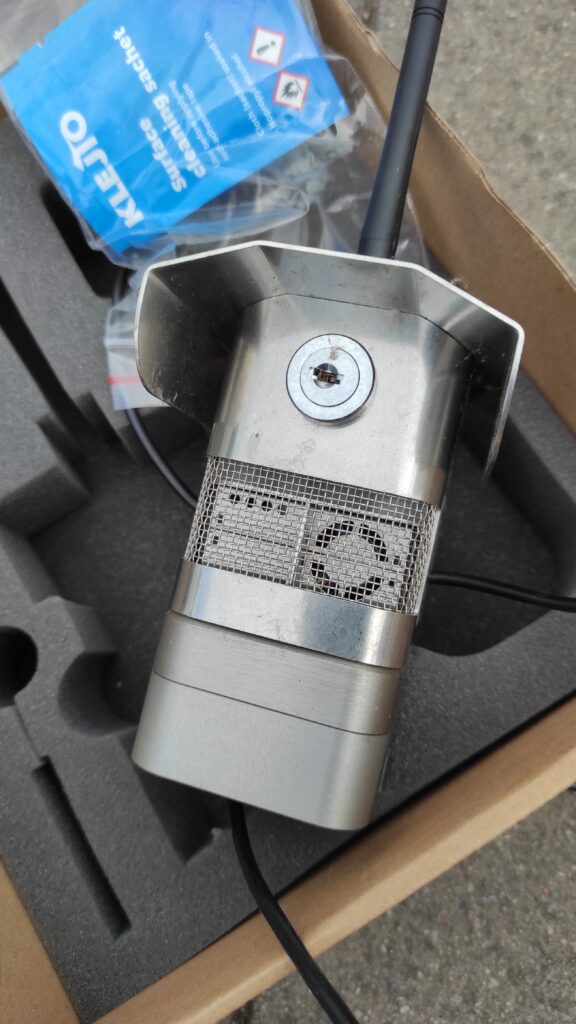
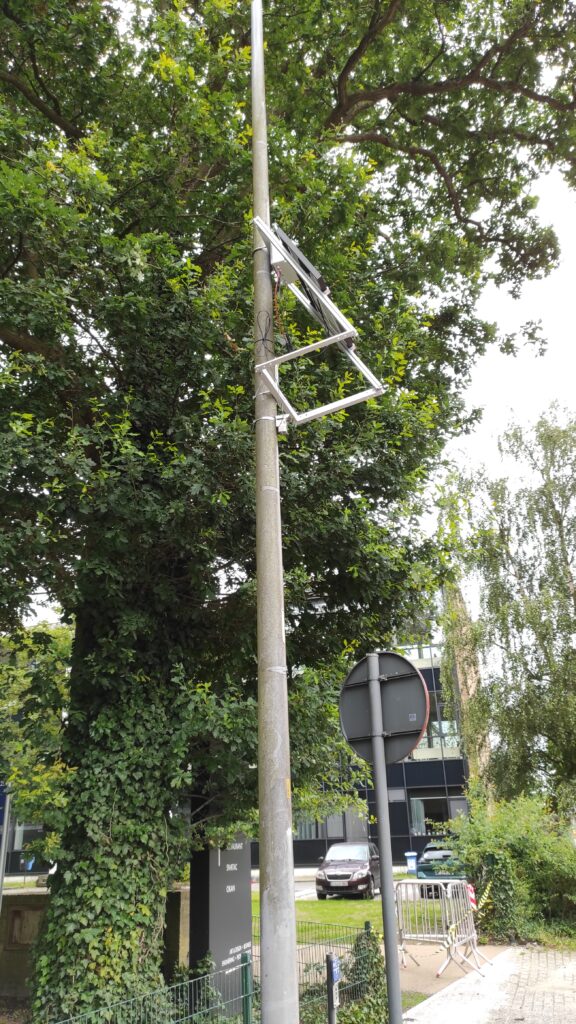
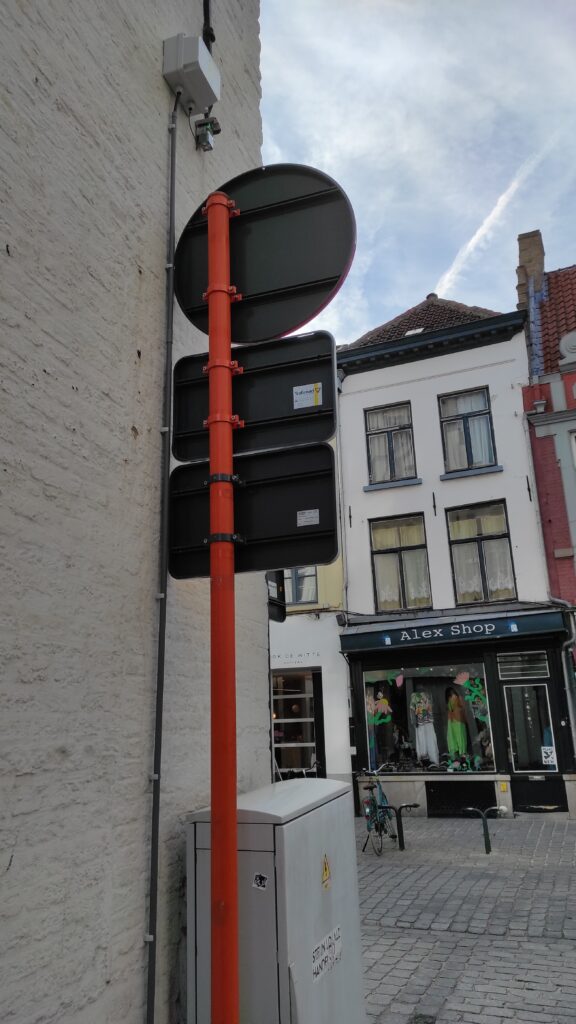
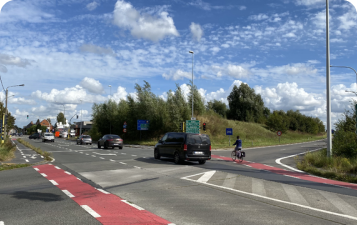
Pilot project in Ghent: City takes concrete steps to improve air quality by establishing oxygen districts and evaluating school streets and circulation plans
Pilot project in Ghent: Setting up oxygen districts and evaluating school streets and circulation plans
The City of Ghent is rolling out several initiatives with a focus on school streets and mobility plans. On the one hand, the city is measuring the impact of school streets on local air quality. On the other hand, it examines how circulation plans can be implemented. Various sensors are deployed to measure nitrogen dioxide concentrations, with the main objectives being:
1
Assessment of different mobility plans for residential areas
2
Building support for school streets in Ghent
3
Improving air quality monitoring in mobility plans
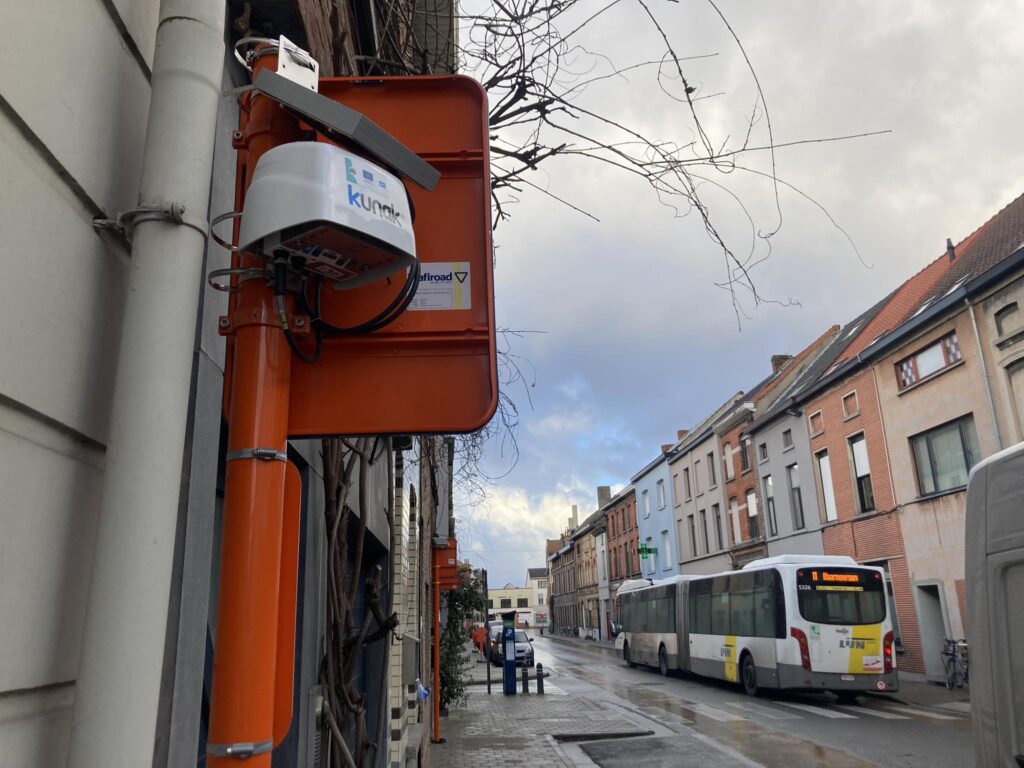
©Stad Gent
Improving air quality monitoring of district mobility plans in Ghent
The impact of all district mobility plans on air quality is being monitored using passive NO2 samplers. Reliability of passive samplers is high, but the potential to involve citizens is rather low due to the lack of transparency and the long wait for lab results. Within CityTRAQ, Ghent investigates if sensors can be used as an alternative for passive samplers to evaluate the impact of mobility measures on air quality. Therefore, NO2 sensor boxes have been installed in the district of Dampoort/Oud-Gentbrugge. Fixed NO2- sensors are measuring at at least 10 locations in the district, from 4 months before implementation of the mobility plan until at least 6 months after.
Goals
Insight into the effectiveness and added value of NO2 sensors in the context of the monitoring of mobility interventions
Bring about more transparency in the evaluation process of policy action
Increase support for policy action
Building support base for school streets through air quality monitoring
The already existing school street approach of the city of Ghent is being enriched with an air quality perspective from start to finish, centered around participative NO2 measurements. These measurements are conducted with passive samplers and sensors in and near a school street. Real time air quality will also be visualised on a screen near the school entrance. These measurements and visualization will be used to build a support base for school streets and induce behavioural change.
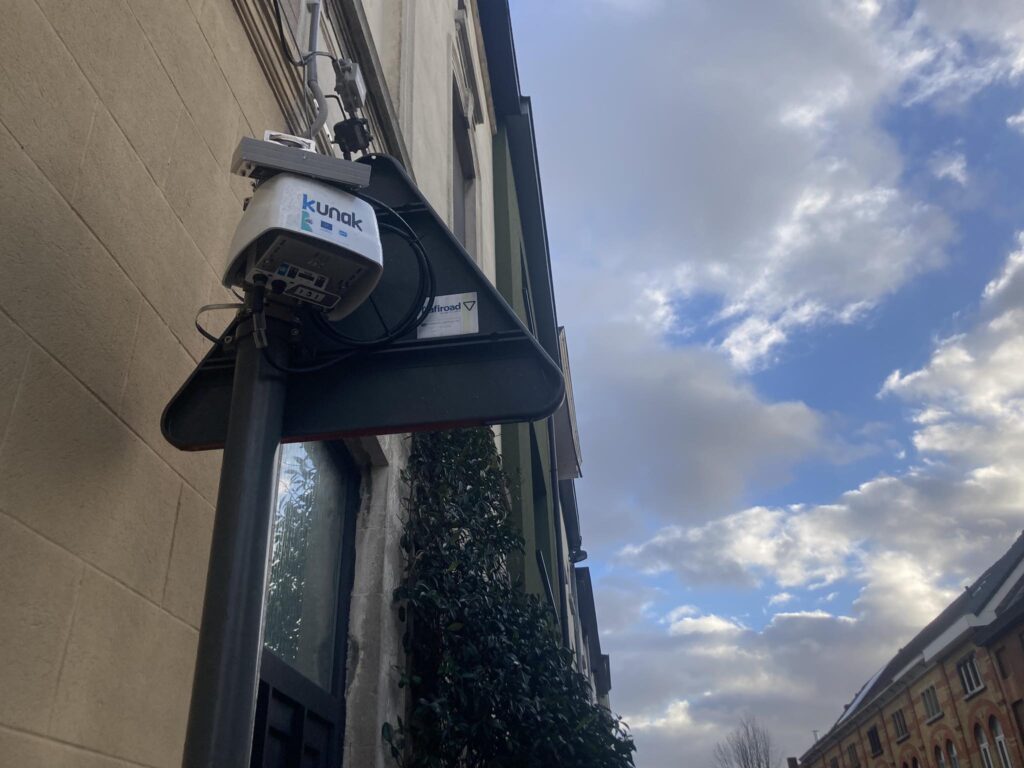
©Stad Gent
Goals
Enrich the existing school street approach with information about air quality and visualize real-time measurement results at school gate
Increase support and commitment for school street intervention
Induce behavioural change towards more sustainable travel
Raise awareness of idling cars
Monitoring the impact of the ring road relocation on air quality
In the summer of 2025, a new bridge will open in Ghent. The Verapaz bridge creates a new connection between two parts of the ring road, which will change the position of the ring road. In order to measure the impact of this major traffic change on air quality, 13 NO2 sensor boxes have been installed in the area. The goal is to get an insight in the effectiveness and added value of NO2 sensors in the context of the monitoring of mobility interventions.
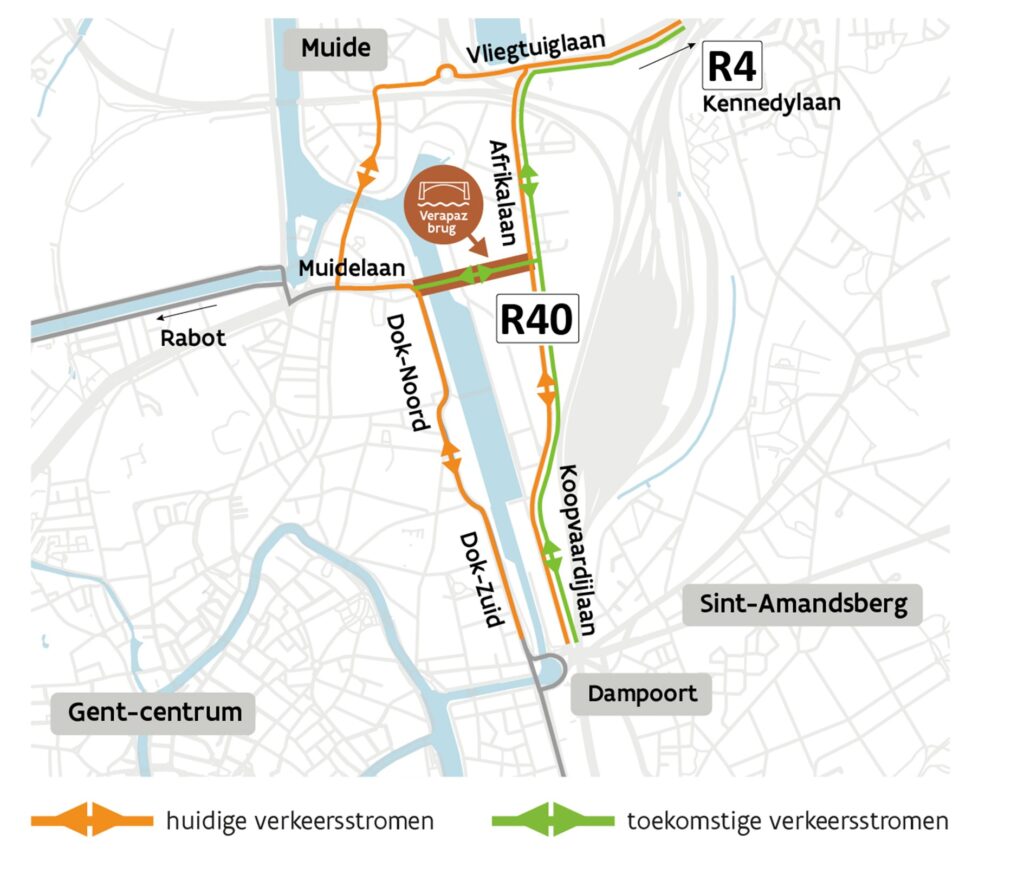
©Stad Gent
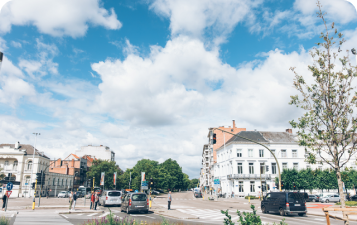
Zagreb
Air quality projects are being launched in the Croatian capital Zagreb, taking into account the lessons learned from the pilot projects in Flanders. More information will follow in the near future.
Stay up to date
News and events
Stay up to date
Success story
News
News
News
News
News
News
News
News
News
News
News
News
News
News
Events
Stay up to date
CityTRAQ in Europe
Partners
LIFE CityTRAQ is commissioned by the European Commission within the LIFE programme led by Flanders Environment Agency.

